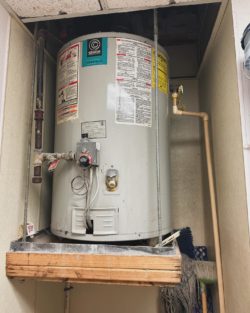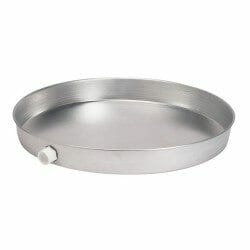Water Heater Blanket and Insulation
Home » Plumbing » Water Heaters »
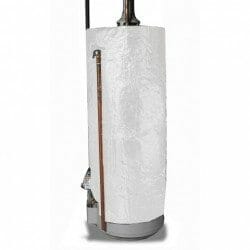
A water heater blanket or insulation wrap offers a simple yet effective way to enhance the energy efficiency of your water heating system. By understanding the types of insulation available and considering the specific needs of your water heater, you can make an informed decision that leads to cost savings and a reduced environmental footprint.
What Are Water Heater Blankets?
A water heater blanket, also known as a water heater jacket, is an insulative wrap designed to be placed around a water heater’s exterior. This layer of insulation helps reduce heat loss from the water heater to its surroundings, ensuring that the water inside remains at the desired temperature for longer periods. This efficiency boost can lead to significant energy savings, especially in older models that may not be as well-insulated as newer units.
Benefits of Water Heater Insulation
- Energy Savings: The primary benefit of using a water heater blanket is the reduction in energy consumption. By retaining heat more effectively, the water heater doesn’t have to work as hard or as often to maintain the water temperature, leading to lower energy bills.
- Extended Lifespan: Reducing the workload on the water heater can also contribute to a longer lifespan for the unit. Less frequent heating cycles mean less wear and tear on the components.
- Environmental Impact: Using less energy not only saves money but also has a positive impact on the environment. By decreasing the demand on power plants, you contribute to lower greenhouse gas emissions.
Types of Insulation
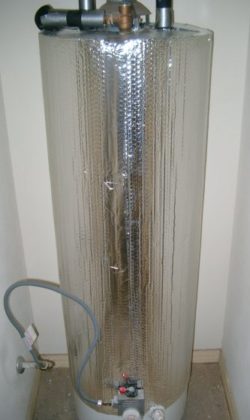
There are various types of insulation materials used in water heater blankets, including fiberglass, foam, and reflective insulation. Each type has its own advantages and is suitable for different scenarios:
- Fiberglass: Offers excellent thermal resistance and is commonly used in many insulation applications, including water heater blankets.
- Foam: Lightweight and easy to install, foam insulation provides good insulation with minimal bulk.
- Reflective Insulation: Consists of reflective surfaces, often aluminum foil, designed to reflect radiant heat back into the water heater, improving efficiency.
Installation Considerations
When considering a water heater blanket, it’s important to take into account the following factors:
- Compatibility: Ensure the blanket is suitable for your type of water heater (electric or gas). Gas water heaters require special consideration for ventilation. Some manufacturers do not recommend insulation or a blanket.
- Size and Fit: The blanket must be the correct size for your water heater, providing complete coverage without obstructing vents, valves, or controls.
- Safety: Follow manufacturer instructions carefully to avoid covering any vents or controls that could lead to safety hazards, especially with gas water heaters. Please note that extra caution is needed when insulating gas water heaters. It’s crucial to avoid covering the top, bottom, thermostat, or burner compartment to prevent safety hazards.
Check your local Energy Conservation Codes or Incentives: Some regions have energy conservation codes or offer incentives for homeowners to improve their home’s energy efficiency. Installing a water heater blanket might be part of complying with these codes or qualifying for these incentives.
Do You Need a Water Heater Blanket?
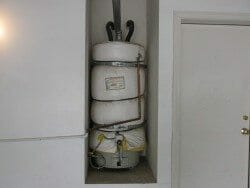
The necessity of a water heater blanket depends on several factors. Newer water heaters are often well-insulated and may not benefit as significantly from additional insulation. However, if your water heater is older or located in an unheated space (such as a garage), a blanket can make a notable difference in energy efficiency.
Touch Test: A simple method to determine if your water heater could benefit from additional insulation is the touch test. If the outside of the water heater feels warm to the touch, it’s losing heat. Insulating it can help retain this heat, making your system more energy-efficient. While this is a good indicator, make sure to check the compatibility and safety of insulating your particular water heater model.
Following an Energy Audit Recommendation: If you’ve had a home energy audit and the auditor recommends adding insulation to your water heater, it’s wise to follow through. Energy auditors can assess the specific needs of your home and identify where improvements can be made for maximum efficiency gains.
Considering a water heater blanket or additional insulation depends on the age and efficiency of your water heater, its location, and your goals for energy savings. While they offer a cost-effective way to enhance efficiency, it’s important to assess your specific situation and follow safety guidelines, especially with gas water heaters.

